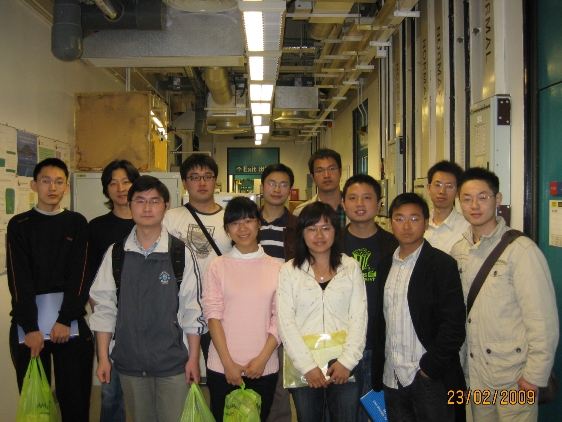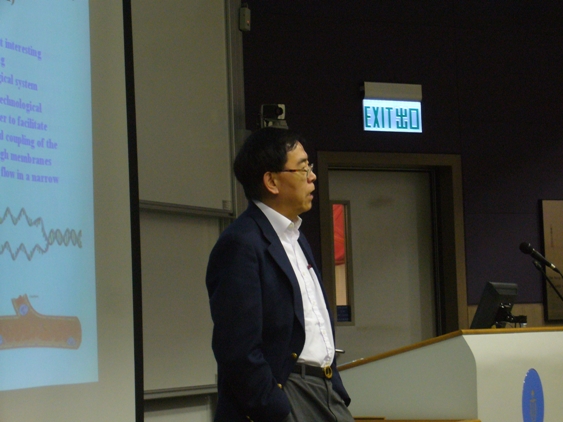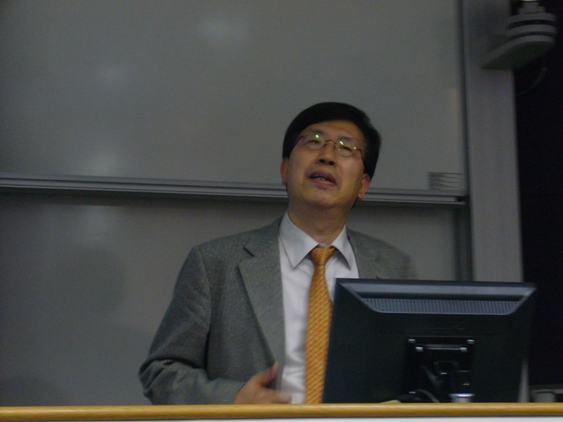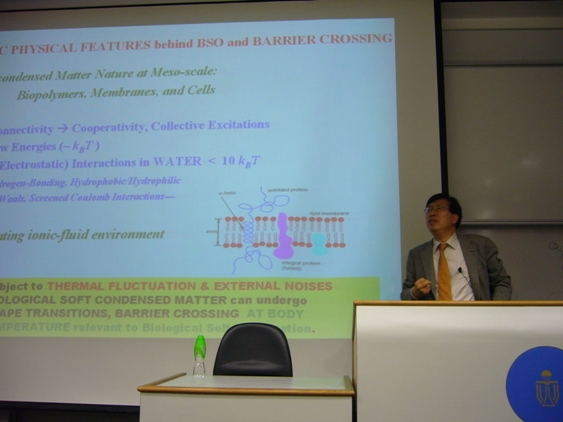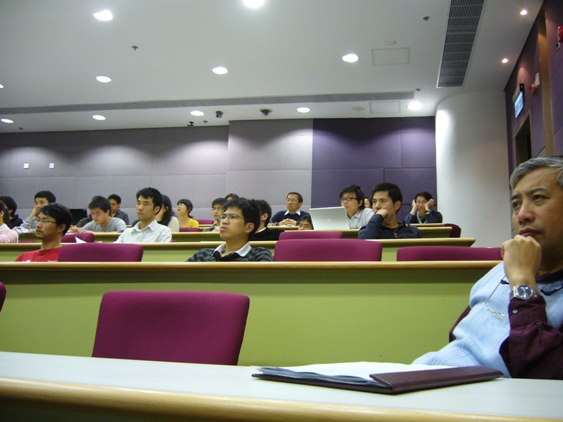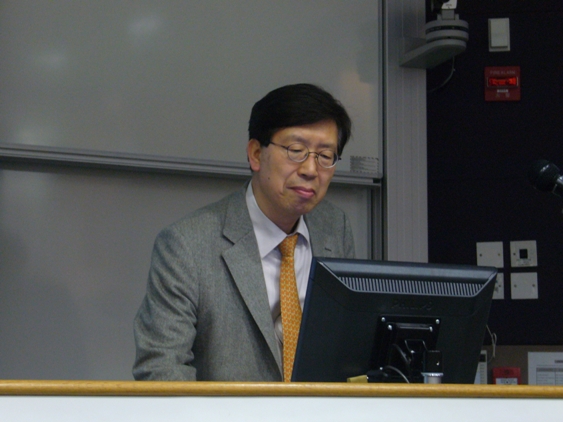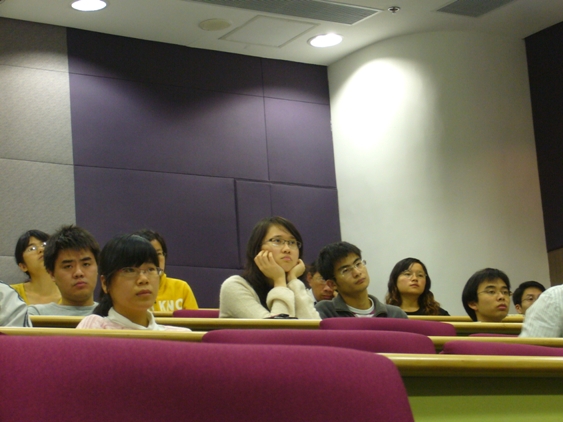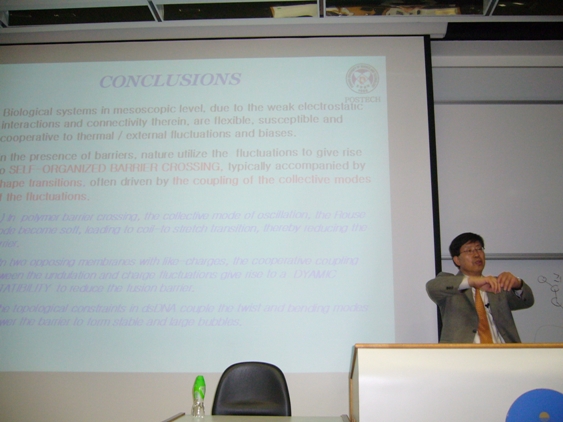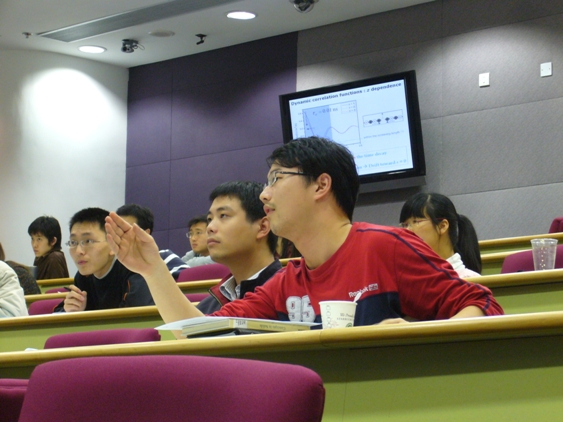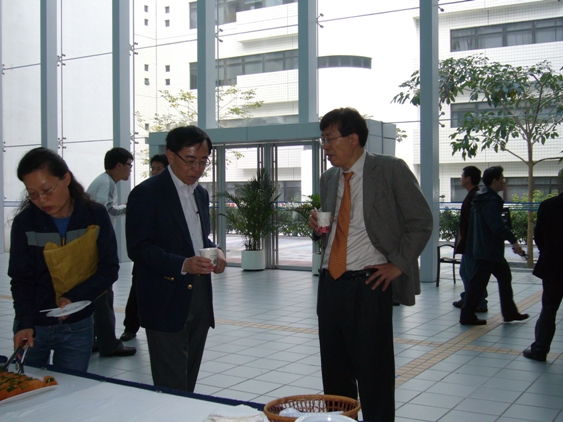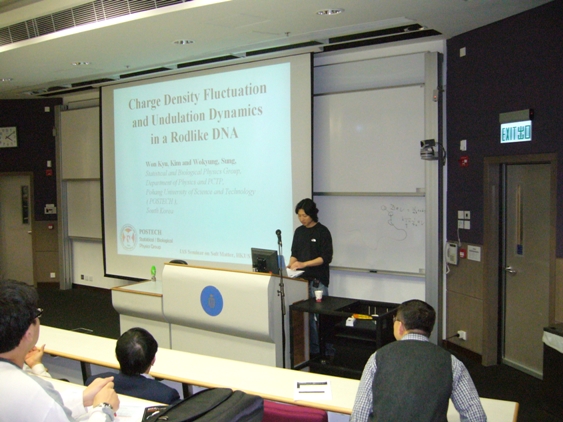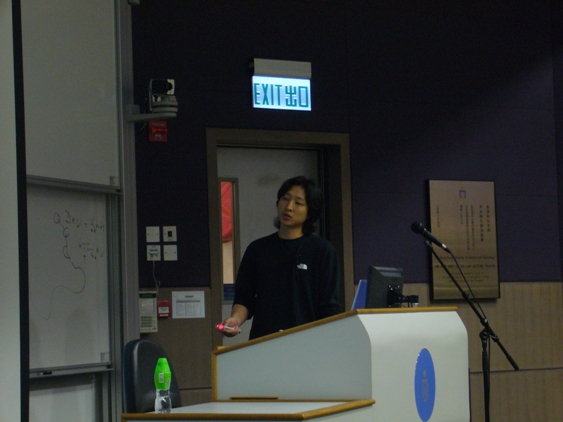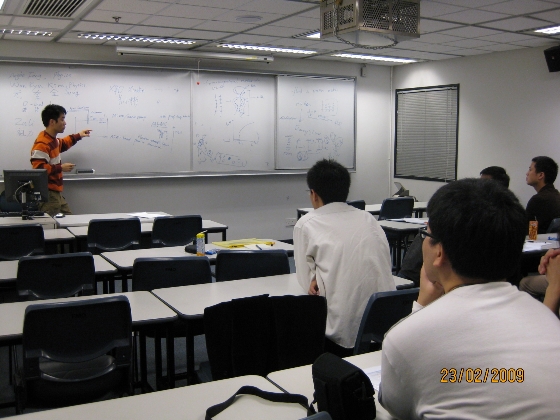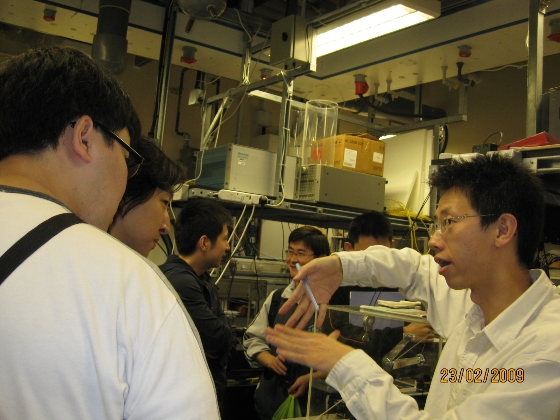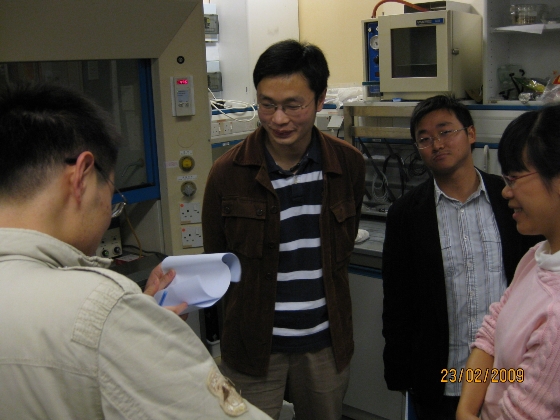Fluctuation effects in soft matter
Abstract
Due to structural connectivity and flexibility, bio-soft condensed matter, such as biopolymers, membranes and cells, manifest interesting cooperative dynamics under the barriers caused by external fields, confining and constraining environments. Its cooperative dynamics is important, no only in understanding how a biological system self-organizes by manipulating its flexible degrees of freedom, but also in a multitude of bio-technological applications. Nature utilizes the ambient fluctuations in such soft-condensed matter to facilitate crossing seemingly insurmountable barriers, typically assisted by shape changes and coupling of the collective modes of the fluctuations. After introducing the basic physical features of bio-soft matter, I will talk about the examples we studied, namely, biopolymer translocation through membranes and potential barriers, bubble formation in double-stranded DNA, membrane instability and fusion, blood flow in a narrow vessel.
About the speaker
Prof. Wokyung Sung received his Ph.D. in Physics from State Univ. of New York at Stony Brook. Currently, he is a professor at Department of Physics of POSTECH, and the director of POSTECH Center for Theoretical Physics. He is also an editor-in-chief of the Journal of Biological Physics, and the special advisor of Asia Pacific Center for Theoretical Physics (APCTP).
Prof. Sung’s current research interests lie mainly in physical understanding of basic biological conformations and processes that emerge in mesoscopic (cellular) level. The methodology is theoretical statistical physics of soft matter (such as polymers, membranes) and stochastic phenomena (including barrier crossing, stochastic resonance and other noise-assisted cooperative dynamics). His group is currently working on a variety of (bio-)soft matter physics, such as DNA bubbles and mechanics, the polymer/colloid dynamics in fluctuating/confining environments and channels, investigating some physical principles behind the biological self-organizations. For more details, click Statistical and Biological Physics Laboratory.

